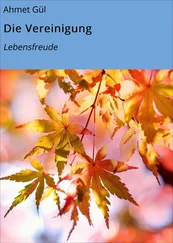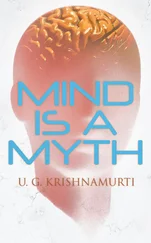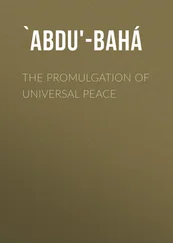Doubtless, this amounted to a figment of the imagination. But during such nights, a mood in Nuran that drew his curiosty gave these phantasies prominence. At certain times, while standing before him, Nuran might seem completely withdrawn from his life. And this phenomenon raised the possibility, in accordance with Mümtaz’s own mental states, that he was viewing her through a death shroud or across the space of oblivion.
His fantasies and anxieties bore a hint of truth; Mümtaz in essence lived in a dreamscape.
By means of their friendship, Nuran discovered a season of exception where possibilities flourished. Her every desire, every action, every thought, her passing annoyances, flirtations and overindulgences, and even crassness amounted to diversions as wondrous as art, drawing mysteries and aesthetic beauties to her, and transforming life’s order through happy-golucky discoveries. Beneath Mümtaz’s enamored gaze, it seemed that Nuran perpetually created herself and the objects in her midst anew: the response of the beloved, who senses ardor, to the lover’s affections. Those outside the alchemy could never hope to understand this esoteric exchange. Nuran later discovered these separately experienced moments still present within her, involuntarily recollecting each in order to reexperience them.
She wove the weft of their days with vivid beauty and creativity.
On their return, after Tevfik had parted from them at Kanlıca, they enjoyed gliding before yalı s whose waters assumed the colors of naphthahued atlas silk, yali s interred in the dark density of a laurel forest, a few of whose leaves were varnished by light; that is, they plied silhouette, arcana, and silence. This voyage to a semiemotional realm progressing by lunges from light to light cast from a balcony, kitchen door, or the windows of a house whose residents hadn’t yet retired, was disrupted by the moon and its luminance in a suddenly yawning cove; and within the eerie serenity that the Bosphorus assumed after midnight, a ferryboat searchlight occasionally caught them atop a swell, focusing insistently on them as if rehearsing the tableau of a mi’raj quite different from accounts of the known variety — yearning to spirit them to lofty heights of the esoteric.
Through a matrix of phenomena that went unnoticed when Mümtaz wasn’t present, Nuran grew alarmed under the illuminating fishnet of radiance approaching them, and she cuddled up to him: “If I’m frightened by a dream when we’re together in bed, I’ll cuddle up like this.”
At times their surroundings became nothing but quiet sparkle, as if they existed within vast turquoise. The dark seawater filled with large gem clusters extended by the stars, and the silhouettes on one shore sauntered by as if chasing after rowboats on the other side.
During daylight hours, the oneiric mood in which inlets, hilltops, and copses manifested in perspicuity, as if each edge and curve had been individually embellished under luminous sunlight, became a mirage or phantasy of which the two of them became a part; for Mümtaz, this wasn’t just ephemeral exuberance; it might simultaneously be an epiphany of aesthetic secrets approximating alchemy. Whenever he remarked, “This resembles a passage through your soul,” he, too, realized how three distinct modes of beauty — that is, the aesthetic order, the cherished order of the natural world, and the feminine order of undiminished allure — mingled together in his soul, and how he existed in a peculiar dimension of sorcery and dreamwork.
He occasionally wondered, “Do we love each other or the Bosphorus?” At other times, he attributed their state of satisfaction and lunacy to the exuberance induced by Ottoman music. “These alchemists of old have us wrapped around their little fingers…” he’d said, trying to conceptualize a distinct Nuran or to locate her hermetically within her own aesthetic. But the fusion wasn’t as superficial as he’d thought, and Nuran, by unexpectedly entering his life, illuminated things that had been present within him for a considerable time and constituted the lion’s share of his spirit, and she’d established her sultanate in contexts that were more or less prepared to accept him; as a consequence, there was no possibility of extricating Istanbul, the Bosphorus, Ottoman music, or his beloved from one another. The Bosphorus contained a prearranged existential framework through its history, the hours of the day it regulated, at least in certain seasons, and through its diverse beauty that bespoke vivid memories. As for Ottoman music, its Dionysian effusion, writhing through rigid arrangements and unleashing a tempestuous deluge of roses, inspired one to be the prey and sacrifice of an absolute thought or desire, to burn in its forge, only to resurrect and again burn to ash; likewise, the satisfaction music provided the couple in seeking each other among age-old and virtually forgotten splendors, while inducing them to inhabit a prearranged existential framework opulent enough to confront any and all eventualities, demonstrated how this might be accomplished, and finally primed them emotionally to make themselves at home there.
But Ottoman music wasn’t an art form that dispensed with humanity or depleted it by imparting a sense of devotional awe. All of those saintly souled and humble virtuosi, no matter how lofty the pinnacle of their art might be, were pleased to remain within society and to live communally with others.
Due to these two enabling forces that clung tightly to Mümtaz’s identity, Nuran became an enigmatic being returning to live as the mortal substantiation of the historical, the sublime, and the vital; she became a spectacular presence vanquishing time through urge and beauty; and through her, he deciphered the logic of his aesthetic and emotional realms. Being next to Nuran, embracing her, and loving her assumed the quality of a force transcending the limits of her person.
Mümtaz was exhilarated by the semblances of fable and faith adopted by her in his imagination over these nocturnal returns.
When Mümtaz said that he’d experienced a mi’raj through Nuran’s love, or declared that he’d seen visions of her distinct personas, like variations of the divine incarnate, in the ever-changing ornament and progression of the arabesque of Itrî’s Nevâkâr song, in the Rast semâi s and melodies of Hafız Post, and in the great gale of Dede Efendi, whose cantus firmus would forever accompany Mümtaz, he genuinely, as it were, approached the true architects of this territory and culture, and Nuran’s mortal presence actually became the miracle of a reincarnation. Within the figure of the beloved, Mümtaz craved the concentration of the cosmos and the gathering of a mode of compassionate love specifically Turkish, descendant from forebears whose moral code even reappeared as a carnal and bloody dream, at least in the most visceral folk songs. Synthesized within this mode were evliya folk saints as well as türkü s of Istanbul, Konya, Bursa, and Kırşehir that recounted romances of efe militants and youngbloods and also, resonating through forgotten years whenever he cocked an ear toward his childhood, adventures of murder and vengeance in sonorous strains, Bingöl and Urfa dialects and Trabzon and Rumeli türkü s filled with yearning, desire, and the urge for self-depletion.
Under the effect of such a bloody and violent phase of Creation, Mümtaz wasn’t stifled by having limited himself to a single love or to the corporeal splendor of, in a phrase borrowed from the French, “a petite mademoiselle,” but rather witnessed the construction of his own inner world stone by stone through their romance.
They’d finally get out of the rowboat either near the Vaniköy factory or at one of the empty waterfront quays on the outskirts of Kandilli. The last of Mümtaz’s pleasures was to walk the remainder of the way back, sharing the weight of Nuran’s fatigue in his body.
Читать дальше
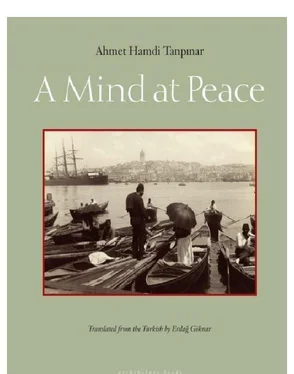
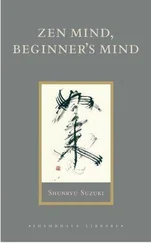
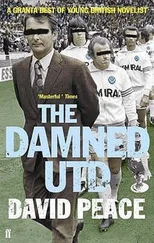
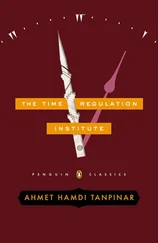

![Джон Харгрейв - Mind Hacking [How to Change Your Mind for Good in 21 Days]](/books/404192/dzhon-hargrejv-mind-hacking-how-to-change-your-min-thumb.webp)

